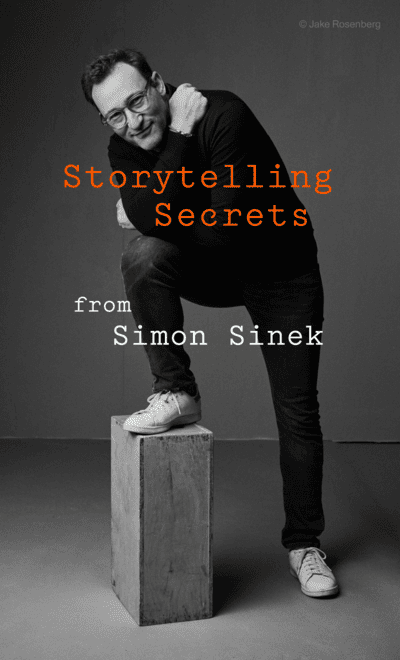Ever had one of those days where the 15th “no” in a row makes you question your entire career choice? You’re not alone. Recently, one of our Optimism Library subscribers reached out to us, wondering if there’s a better way to handle the constant rejection that comes with sales.
We took this question to Simon, and here’s his response.
When Rejection Becomes Your Laboratory
So many salespeople have been there—staring at the phone after yet another rejection, wondering why they put themselves through this. But what if those “nos” could become your greatest asset?
Simon suggests a subtle mindset shift: “When you get that many nos in a row, it’s an amazing opportunity to start experimenting. If you’re getting rejected anyway, try wildly different approaches and have fun with it.”
Think about it like a sports team rebuilding. They know they’ll lose games in the short term, but each game teaches them something valuable for future wins. Simon encourages sales professionals to “commit to a week of experimentation”—you’re getting rejected anyway, so why not try something completely different?
Learn from the Winners
“Talk to colleagues who get mostly yeses,” says Simon. “During your experimentation, skip making calls and instead sit in on successful colleagues’ calls.”
Sometimes the best lessons come from watching others succeed. If someone in your office is landing 14 out of 15 calls, there’s something to be learned there. What language are they using? How do they open the conversation? What questions do they ask? This kind of observation can be invaluable.
Fishing with a Rod vs. Fishing with a Net
Simon described two fundamentally different approaches to sales:
“There are two different sales approaches: fishing with a rod versus fishing with a net. The rod approach is targeted research and personalization. The net approach is volume-based like call centers.”
If you’re struggling with the volume game—what Simon calls “fishing with a net”—perhaps you’re better suited to “fishing with a rod.” This means fewer, more targeted calls with deeper research and personalization.
“Years ago, I read about a company in Fortune magazine that I thought was incredible and I desperately wanted them as a client,” Simon says. “So I sent them a massive box with a message card rather than a typical envelope that was the usual size. I did this to get noticed—they received this huge box, but in it was only a little letter. When I called the COO to follow up, my opening line was: ‘I’m having a minor love affair with your company.’ He smiled because nobody says that!”
The result? “He asked me to tell him more about myself—I was in.”
Finding Your Approach
Not everyone has the personality to handle constant rejection. If you’re feeling burned out by the “no” parade, Simon suggests considering whether you’re using the wrong approach for your personality type:
“If you’re not comfortable with constant rejection, become a spearfisher instead—make fewer, more researched calls.”
This might mean making just 2 calls a day instead of 15, but spending the rest of your time researching, reading industry publications, and crafting personalized approaches that stand out.
The Bottom Line
Rejection in sales is inevitable, but how you respond to it is entirely up to you. Will you continue the same approach expecting different results? Or will you use rejection as an opportunity to experiment, learn, and perhaps discover an entirely new approach that works better for you?
As Simon says, the goal isn’t to win today—it’s to win more games later. So the next time you’re facing a string of rejections, remember: this might be your perfect opportunity to try something wildly different.
What’s the most unusual approach you’ve tried in sales that actually worked?
Facing a challenge at work? Maybe Simon can help. As an Optimism Library subscriber, you’re invited to our exclusive quarterly Live Q&A sessions where you can ask Simon your questions directly.












